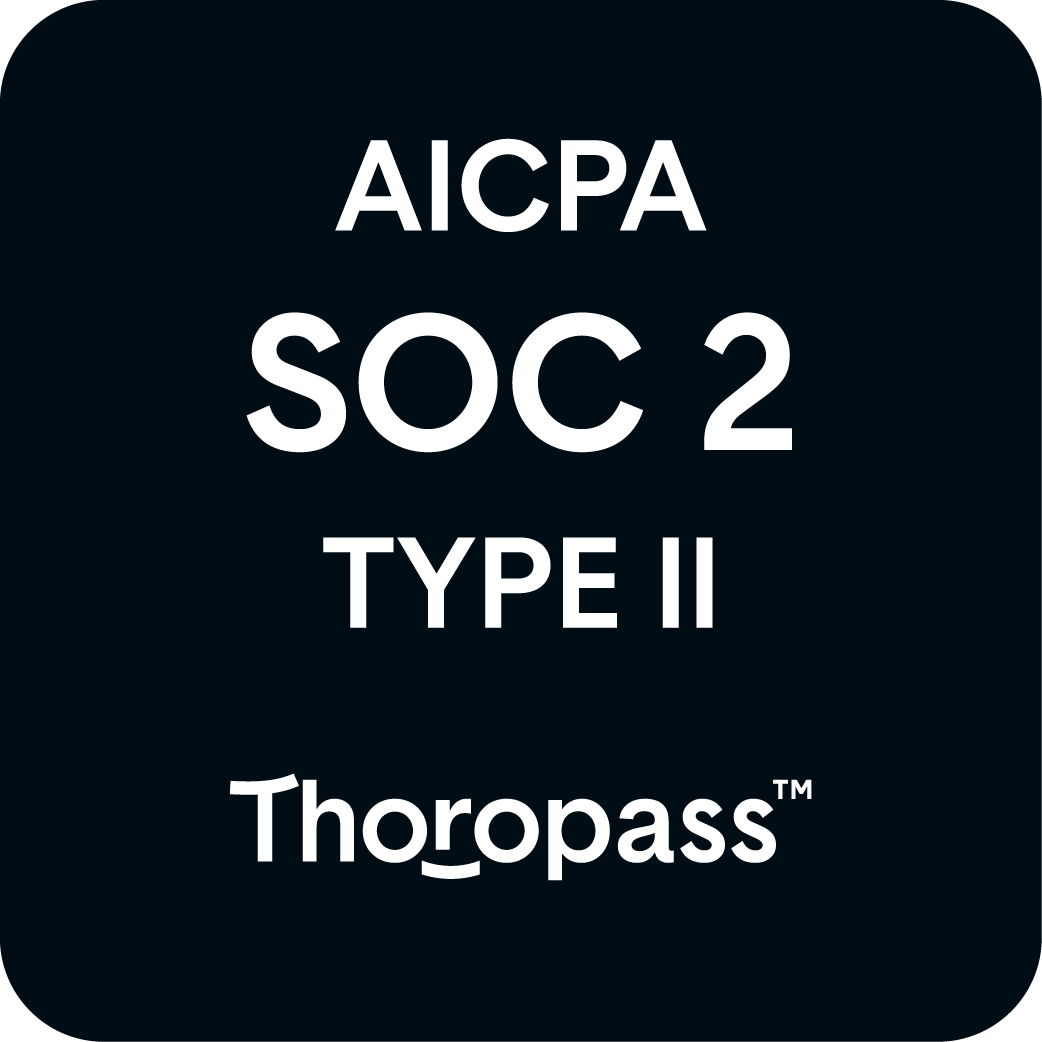Creative assets are all visual, audio, and textual content elements used in marketing campaigns to communicate brand messages and drive actions
Include images, videos, graphics, copy, animations, and interactive elements optimised for different channels and audiences
Effective asset management reduces production time by 60% while improving campaign consistency and performance
Creative assets are individual pieces of content—including images, videos, graphics, written copy, audio, and interactive elements—that marketers use to build campaigns and communicate brand messages across all channels. These assets form the building blocks of advertising campaigns, social media content, email marketing, websites, and other marketing materials.
Modern creative assets are designed for flexibility and reuse, often created as modular components that can be adapted for different platforms, audience segments, and campaign objectives. They range from simple graphics and product photos to complex video productions and interactive digital experiences.
Creative assets must maintain brand consistency while being optimised for specific channels and use cases. Effective asset management involves strategic planning, organised storage systems, and streamlined distribution processes that enable marketing teams to deploy compelling content quickly and efficiently.
Brand Consistency Across Channels
Standardised creative assets ensure consistent brand representation across all marketing touchpoints, building stronger brand recognition and trust with audiences.
Improved Campaign Efficiency
Pre-developed asset libraries enable faster campaign creation and deployment, reducing time-to-market and enabling more responsive marketing strategies.
Cost-Effective Content Production
Strategic asset reuse and template-based creation systems reduce production costs while maintaining creative quality and variety across campaigns.
Enhanced Personalisation Capabilities
Modular creative assets enable dynamic content assembly and personalisation, allowing brands to deliver tailored experiences without creating entirely new assets for each variation.
Performance Optimisation
Systematic testing and performance tracking of creative assets identify top-performing elements, enabling continuous improvement of campaign effectiveness.
Visual Assets
Product photography, lifestyle images, graphics, illustrations, infographics, logos, and brand imagery designed for various marketing applications and platform specifications.
Video Content
Commercials, product demonstrations, explainer videos, social media clips, animations, and motion graphics optimised for different platforms and audience preferences.
Written Content
Headlines, body copy, taglines, calls-to-action, email subject lines, social media captions, and all textual elements that communicate marketing messages.
Audio Elements
Music tracks, voice-overs, sound effects, jingles, and podcast content that enhance brand recognition and emotional connection with audiences.
Interactive Components
Digital tools, calculators, quizzes, interactive graphics, and engaging elements that encourage audience participation and deeper brand engagement.
Organised Asset Libraries
Centralised storage systems with consistent naming conventions, tagging structures, and easy search functionality enable efficient asset discovery and reuse across teams and campaigns.
Template-Based Production
Standardised templates maintain brand consistency while enabling rapid content creation and variation development for different campaigns and channels.
Version Control Systems
Comprehensive tracking of asset versions, updates, and approvals ensures teams always use current, approved content while maintaining creative evolution records.
Multi-Format Optimisation
Creating assets in multiple sizes and formats simultaneously supports various channels and platforms without requiring last-minute adaptations or compromised quality.
Performance-Driven Selection
Data-informed asset selection based on historical performance metrics and audience preferences improves campaign effectiveness and resource allocation.
Creative Automation - Technology for automated asset generation and optimisation
Digital Asset Management - Systems for organising and distributing creative content
Brand Guidelines - Standards governing creative asset development and usage
Creative Templates - Standardised formats enabling consistent asset creation
Ad Rotation - Strategy for cycling through different creative assets
Dynamic Creative Optimisation - Automated selection and customisation of creative assets
Content Management - Processes for creating, organising, and publishing creative content
Visual Identity - Brand design elements forming the foundation of creative assets
Multi-Channel Marketing - Coordinated use of creative assets across platforms
Creative Testing - Methods for evaluating and optimising asset performance
Creative assets are the fundamental content components that bring marketing strategies to life, enabling brands to communicate effectively with audiences across all channels while maintaining consistency, efficiency, and measurable performance outcomes.
Product
Use cases
Integrations
© 2025 CreateTOTALLY. All rights reserved.
